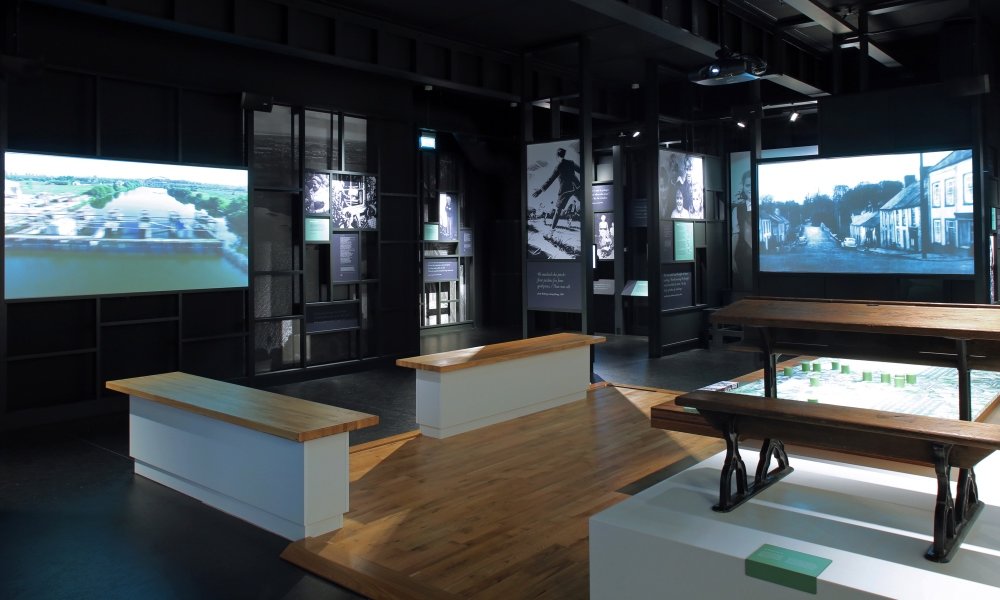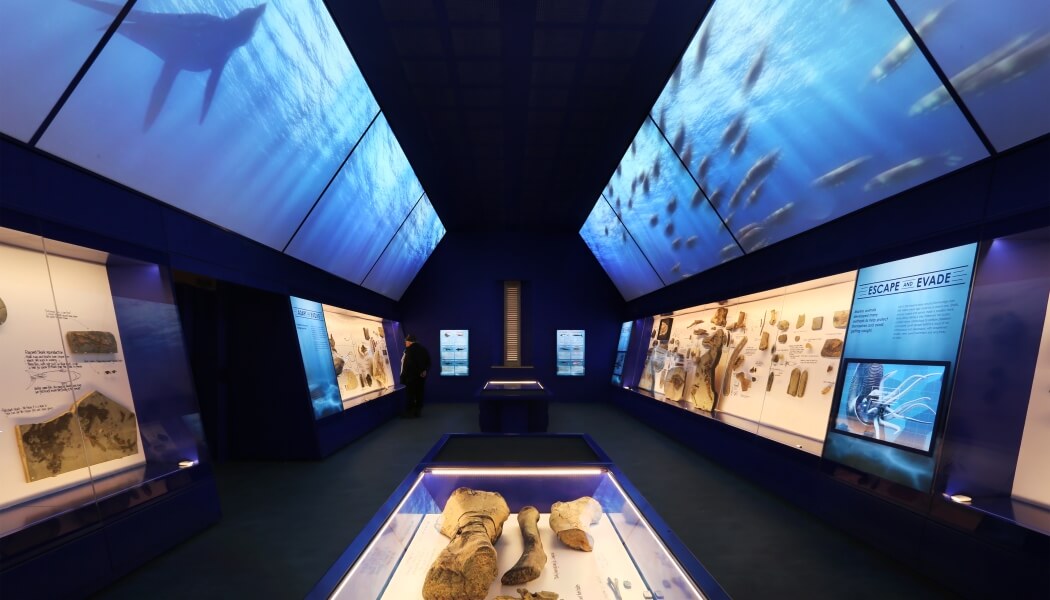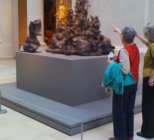What are some of the main procedures you consider and implement when tendering for museum projects?
We are of course answering from a supplier perspective; therefore, we can only react to the procedures enforced on us by a given tender.
It would be great to always see properly structured tenders that consist of a fully detailed project description, drawings, and visuals illustrating the desired outcome and a properly defined and thought out specification to price against.
Typically we are given five-to-ten days to respond to such a tender, whereas a more appropriate amount of time would be three to four weeks. Our supplier quotes are given on a project basis and therefore we need the time to be able get our prices from our team to them, particularly as the suppliers are expected to keep those prices for months ahead until the project happens, which is also something that is not always taken into account.
It would also be nice to be invited to provide ideas on enhancements and savings.

How have these procedures changed or improved over the years due to your experience and also the changing landscape of the museum and heritage sector?
In our opinion they have got worse! The process has become very contractual and reduces the opportunity for creative input.
Well run projects that are collaborative, team based and work with the museum team, lead to better results. Value engineering achieves more when the whole team are involved in the process. Strong and collaborative teams are generally more open to trying other ideas as the project moves forward, but have a fall back solution if an idea does not work.
Individual companies are not employed in a way that encourages good teamwork as project management companies (in particular) try to keep things black and white and draw demarcation lines. Creative and innovative solutions require all the skills of an assembled team; therefore, a unique solution requires all parties to buy into the project to try new ideas. However, if an idea does not work the project manager/client wants a company to blame. The result of this is that no one wants to take chances and be left with a non-payment and consequently work within safer parameters. The net result is a reduction in creative solutions!
Clients now use Main Contractors who tender out the packages, not understanding each individual skillset. If they have plumbers, electricians and plasterers these can be tendered purely on cost; AV is creative and cannot be tendered purely on cost. Media/software is usually dealt with directly to the Client, where as a creative set, questions can be directly asked. AV hardware is often perceived as not being creative, and therefore, we have to ask questions of Main Contractors who do not understand this and will not allow us to speak with the Client.
There are fewer times we are asked for interviews nowadays, and be able to put across our understanding and creativity, as most tenders go to Main Contractors, who will often just choose the cheapest bid with no understanding of what has been offered.
What are some of the challenges you find when tendering for museum and heritage projects?
Bad specifications and designs that have not been thought through properly and not enough time to complete them. Some organisations want badly specified tenders with high-end expectations and no budget turned around in a week! Champagne taste and beer budget!
The problem is that Clients give the tender to Main Contractor typically to do in four weeks. They take a week to sort through it themselves, send it out during the second week and want it back a week before they have to submit it, leaving us a week to complete our part.

How are these challenges overcome?
These challenges can be overcome in various ways, starting by replying that the tender cannot be addressed in its current state. Having done this many times, quite a few have been withdrawn and reissued.
Another is requesting more time in which to complete the tender, and asking for budget indications, particularly when you look at the specification, good or bad, and question if they actually have the budget available to do what they are asking. Best practice is to always respond with a compliant bid pricing with what they have requested, and then one that is within their budget, this shows that you understand their request versus what they can afford.
In what ways can the process of tendering for museum and heritage projects be improved (what would you like to see changed, added or taken away)?
In one word: uniformity. Tenders are seldom compared at a technical level, only on price. This means that companies putting forward sub-standard solutions generally win. If tendering is going to be used as the basis for selecting companies, then the tender process should ensure a level playing field with a tenderable specification that ensures like for like comparison can be made. Of course, alternatives can be requested, but all tendering companies should be asked to submit a compliant tender for comparison.
The better tenders have usually had specialist consultant involvement; it is very evident and so much easier to complete. The best cases are obviously those where we have acted as consultant and then tender to our own specification; and this actually saves the client money overall!
Can you give a brief example of a museum project you have worked on recently where the tendering process was well-run and also how you made a successful bid?
Unfortunately specific examples cannot be given due to confidentiality. However, one project completed recently was extremely well thought through and specified, through a knowledgeable consultant. The paperwork given was straightforward and backed up with drawings and plenty of time was given to produce our bid. Plenty of meetings were also planned in and collaboration took place with the team, including value engineering, showing each part of the team was important and everyone worked throughout the project with the same team-focussed attitude to a fantastically accomplished major museum, the shame being that it is not in the UK.
General comments:
There is a tendency to put all the risk onto contractors without the client being willing to take any. If there is no budget for mock-ups, and innovative and creative solutions are required without these, then there has to be a shared risk.
Projects need to become team based, not individual contractor based, however, individual members need to be brought in by the owner not through inexperienced building contractors.








